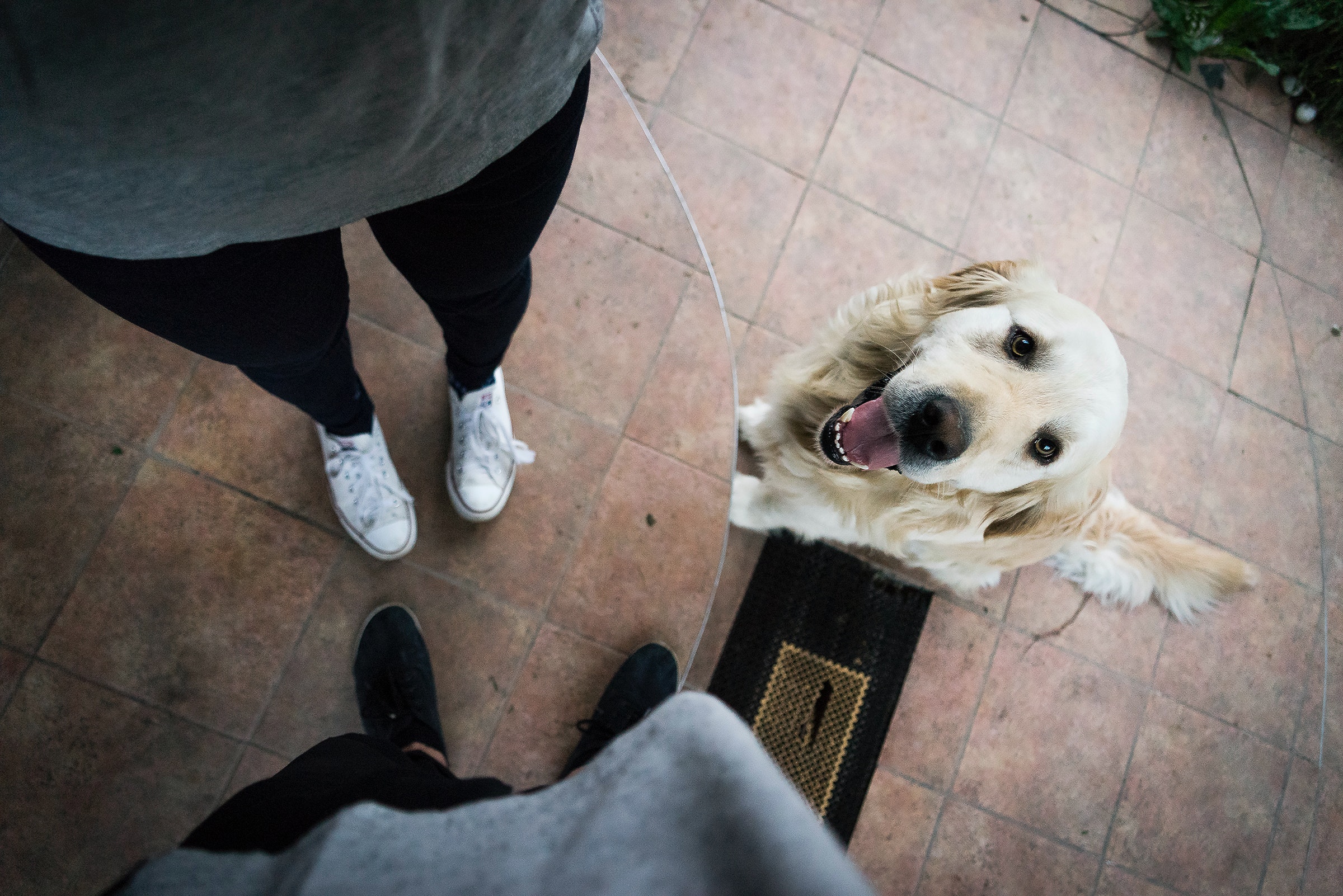blog post by Chasity Rodriguez
IN A TIME DEFINED IN many ways by the coronavirus pandemic, everyday life is affected constantly as we adapt to changing circumstances. One of the many effects of the pandemic is that more and more people are buying or adopting pets, sometimes referred to as “pandemic puppies,” than ever before.
Simultaneously, an increasing number of people are sheltering in place or being uprooted and going through multiple moves due to major life shifts in how they work or go to school. For many families, that means packing up and making a move with their furry friends in tow.
Moving is not necessarily a fun activity, and we often don’t take into consideration just how stressful it can be for our four-legged friends. Animals, like people, need time to adjust. But with smart preparation and planning, you can make the move successful and easier for your pet, for you and for your new home.
Here are five tips to make moving with your pet as pleasant and stress-free as possible:
Visit Your New Home Before Moving Day
Introduce your pet to your new home and surroundings the way you might introduce young children to the space (they’re called “fur babies” for a reason, after all). Most people bring their children to their new home a few times prior to an actual move to get them excited about the house and neighborhood. This gives them time to explore and visualize themselves in the new environment and can alleviate some of the stress that may carry over with the major transition.
Try this with your dogs, too – let them sniff around while you’re taking measurements for furniture. Take them for a walk around the block so they can start to familiarize themselves with their new surroundings. Seek out any local dog-friendly parks and research where the best veterinarians and doggy day cares are. You’ll both come to rely on these resources, and it’ll be a great way to meet new people in your neighborhood.
You may be tempted to throw away old, worn-out items prior to your move, but you’ll be glad that you didn’t get rid of your dog’s favorite chew toy or your cat’s beloved scratching post. Having these familiar items present in their new spaces will be key to helping them acclimate and feel right at home.
If you really hate that old dog bed, it doesn’t have to stay in your new house long-term. Keep it around for the first few weeks until the dog adjusts and feels comfortable in its new space. Think about how you would feel if someone tossed your favorite pillow that you simply cannot sleep without.
The same goes for cats. You may feel inclined to get a brand-new litter box for your new home, but hang onto the one they’re familiar with while they get used to the new setting.
Keep Them Away From the Action
No one enjoys the mayhem of moving day. The house is a mess, movers are rummaging around and you’re scrambling to do your best to make sure it all goes as smoothly as possible.
It may be a smart move for families with children to send them to stay with a family member or friend on the actual move day, and do the same with your pet, if possible. You don’t want them to associate their new home with the inevitable chaos and the frazzled mood you are sure to feel on moving day. If you don’t have someone that lives nearby, drop them off at day care or ask a new neighbor if they’d be willing to help.
Prevent Accidental Damages
A move can make pets act abnormally – your dog may decide to use the floor as a bathroom or a cat may scratch up the carpeting. To avoid these potentially costly damages, try to protect your new home as if you were dealing with a new puppy or kitten with some simple precautions.
Lay floor mats down or cover the couch temporarily until you know all the moving jitters have subsided. An accident can create more stress for both of you, and tarnish what should be a loving and peaceful new environment.
Give Them a Room, Then Room to Grow
Cats, in particular, are more likely to feel anxious about their new surroundings. A way to ease their anxiety is to limit their initial access to the whole house or apartment. Create a home base for them in one room that has their favorite toys, water, treats and a litter box, and allow them to acclimate on their own time. Once they’re comfortable there, you can open up additional space for them to explore room by room. If your cat’s home base isn’t the final destination for its litter box, slowly move it closer to the permanent location each day.
Finally, don’t forget to change your pet’s address tags when you relocate. With time, patience and smart planning, everyone will start off on the right foot (or paw) in your new home.
By Allison Chiaramonte, Contributor
Chasity Rodriguez
Social Media Director
Windermere Mill Creek

 Facebook
Facebook
 X
X
 Pinterest
Pinterest
 Copy Link
Copy Link



